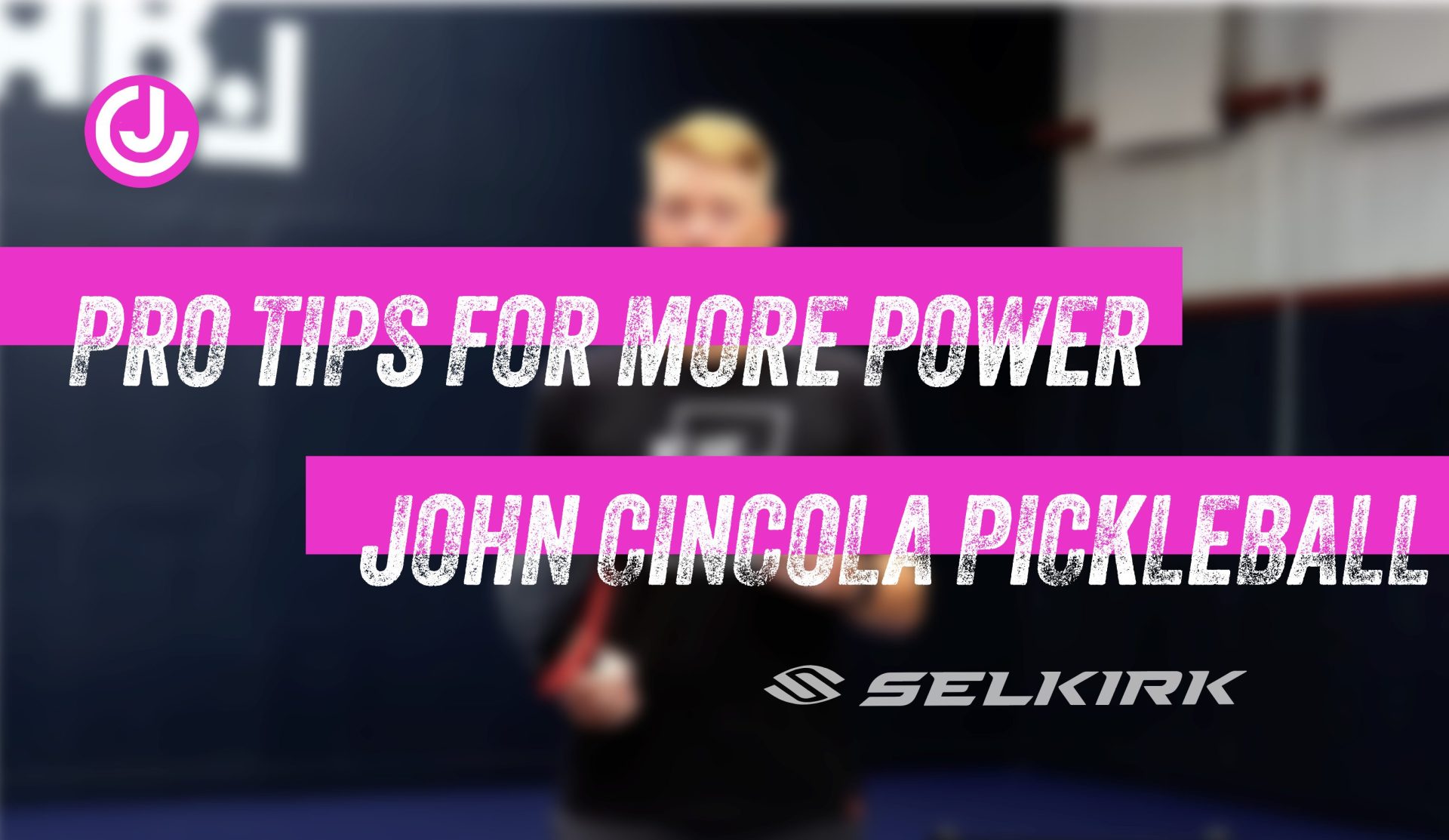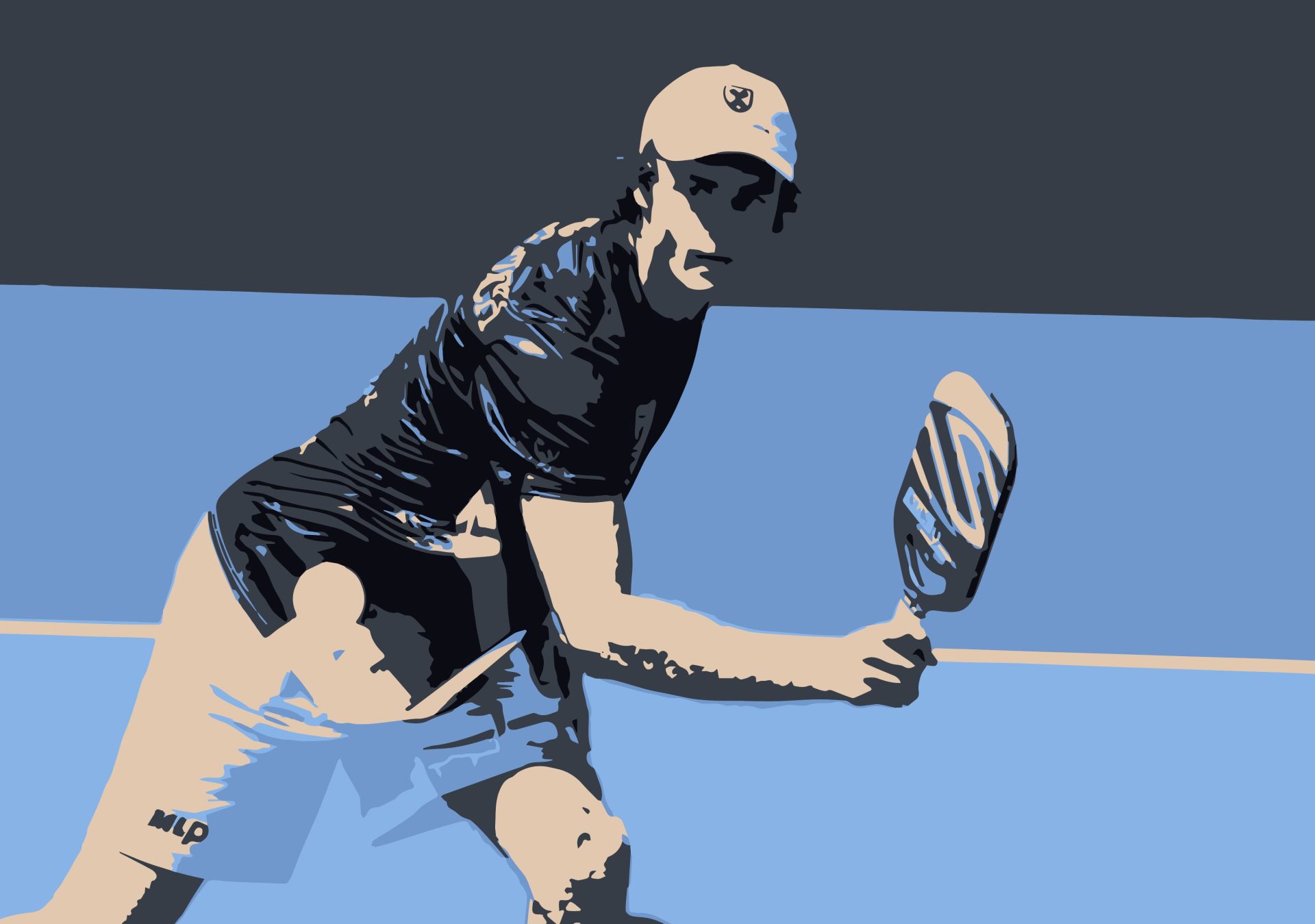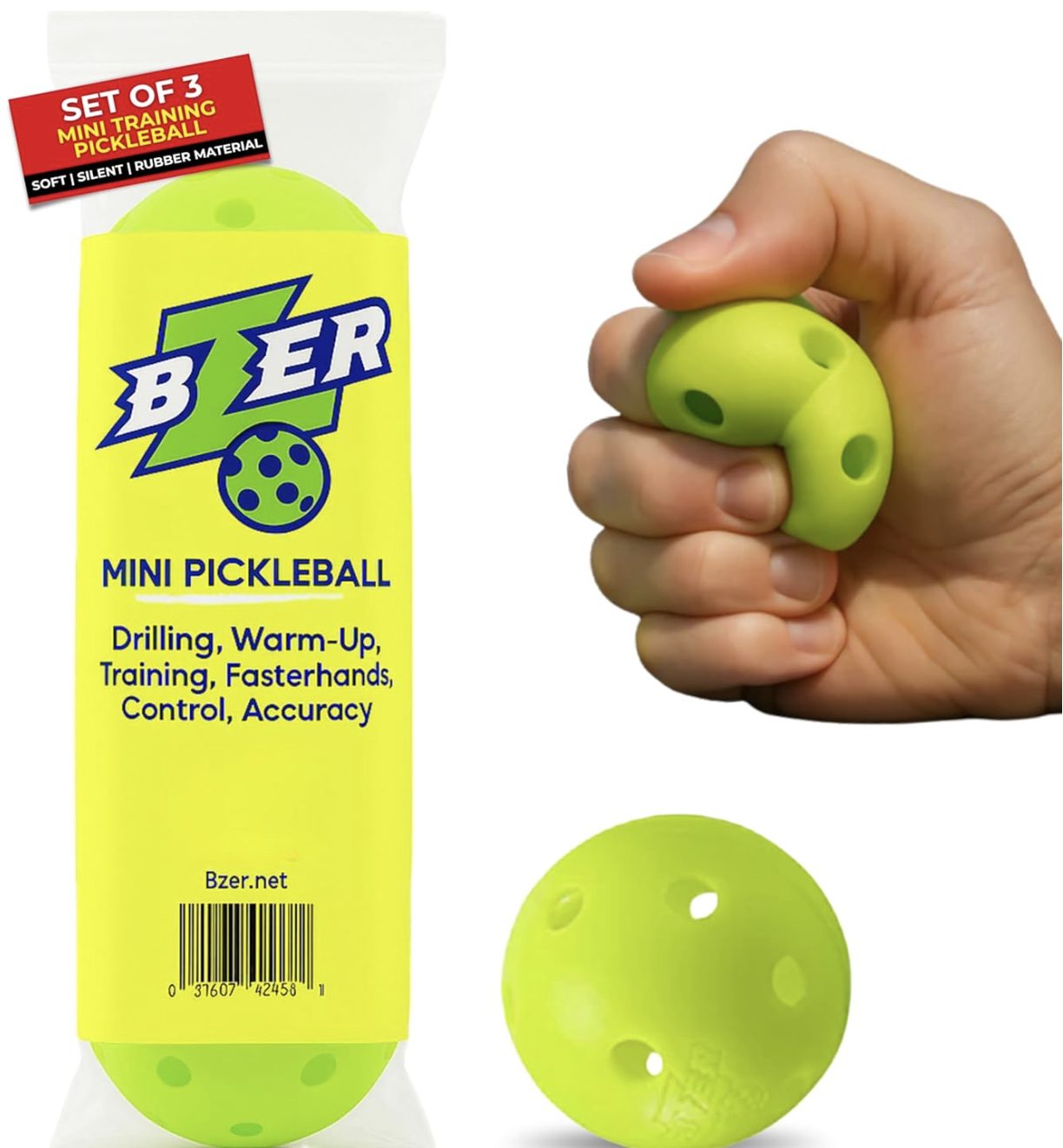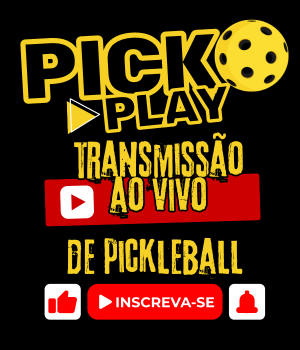
JohnCincolaPickleball

Hey guys, it’s John from John Cincola Pickleball.
So we’re all on this search for getting more power on our serve or our forehand drive. In this article, I’m going to give you what I think is the missing piece to that formula.
Of course, we would all love to have more power on our serve or our drive. There are a lot of things that go into that. Technique is one. Something called the kinetic chain, where we get power from, is another.
But here’s the thing: if you don’t have this one element, then all the technique in the world, even if it’s perfect, still isn’t going to work.
What Is the Kinetic Chain?
You may have heard this term before, James covered it, but basically it means how we gather energy going out to the paddle. We want the paddle to have the most speed possible, and we gain speed and momentum based on the bigger muscles of our body.

Most of these are rotational forces. We’re looking to get power from the ground, from our legs, turn that into rotation through our hips, which moves into our upper body, into our shoulders, out to our arm, and finally into the paddle.
It might sound confusing, but that’s the general idea.

The Problem With Shadow Swings
If you do shadow swings, it feels natural to use those rotational forces to generate paddle speed. But here’s the missing piece, once we add a ball, that ball becomes a contact point.
Shadow swing: when you go through the full motion of a swing, like a serve, forehand, or backhand, without actually hitting a ball.
A lot of players don’t realize it, but they end up redirecting their swing off its natural path. The most common mistake I see is this: while people have a good swing when shadowing, they then drop or position the ball in a way that doesn’t allow that swing to happen.
Even with a perfect swing, if you throw the ball too far out in front or to the side, you’re forced to redirect the paddle just to make contact.
Training With a BZER Ball
This is where a training tool comes in handy. Check this out, it’s called a BZER Ball. It’s about the size of a golf ball, more rubbery than a pickleball, and it won’t break.

Because it’s smaller and faster than a pickleball, you have to focus more on the ball. Every paddle movement you make is amplified in how the ball responds. You can do dinking drills, hand battles, or even play games with it.
When you go back to a regular pickleball after training with the BZER, you’ll feel like you’ve got incredible touch and control.
Correct Ball Positioning for Power
Here’s how we fix the problem. Instead of letting the ball drift too far to the side, we want to keep it more in front of us.
If I hit it way out front, I can’t turn through the ball and access that rotational force. But if I keep the ball inside my right foot, now I can turn naturally through it. My swing path stays clean and I can put all my energy into rotation.
Serving is the best place to practice this because you’re in total control of where you drop or bounce the ball. Play around with ball placement and notice how it changes your swing. Too far out feels forced. In the right spot, it feels natural and powerful.
Applying the Same Idea to the Forehand Drive
Once you master this on your serve, take it to your forehand drive. It’s tougher here because the ball is moving, and that means footwork comes into play.
When the ball is coming at you, you need to adjust your feet to make sure the ball lines up with that ideal contact zone you practiced on the serve.
The key is to use your outside foot. For right-handed players, that’s your right foot. Imagine a line coming straight off your right toe. You want the ball to come right at your toe, the inside of your foot, or slightly inside that line.
If the ball is outside that line, you’ll end up swinging out and wrapping around. If it’s at or inside the line, you can swing naturally across your body, keeping that rotational force intact.
Final Thoughts
So remember: it’s not just about technique, it’s about contact point. Position the ball in front of you, use your legs and rotation, and you’ll finally be able to unlock the real power in your serve and forehand drive.
Thanks for reading, and don’t forget to screenshot the tips so you know exactly what to practice next time you hit the courts.
For exclusive content and full-version tutorials, make sure to check out my YouTube channel, ➡️ John Cincola Pickleball.
Editor’s Note: This article is based on a video by James Ignatowich. We partnered with him to highlight key concepts in a written format for players who prefer to read or reference drills on the court.
Related Articles:
Anuncie Aqui / Advertise Here
Sua marca para o mundo Pickleball! / Your brand for the Pickleball world!

 English
English  Spanish
Spanish  Portuguese
Portuguese  German
German  Italian
Italian  Japanese
Japanese  French
French  Polish
Polish  Russian
Russian  Netherlands
Netherlands  Hungarian
Hungarian  Turkish
Turkish  Videos
Videos  Pickleball Portal
Pickleball Portal








 English (US) ·
English (US) ·  Portuguese (BR) ·
Portuguese (BR) ·